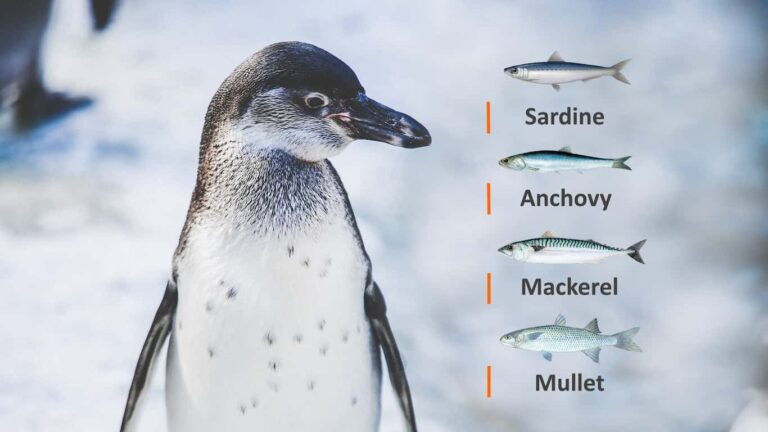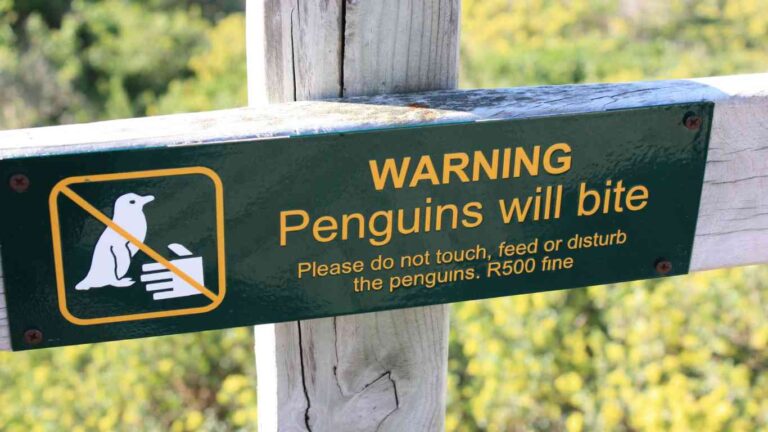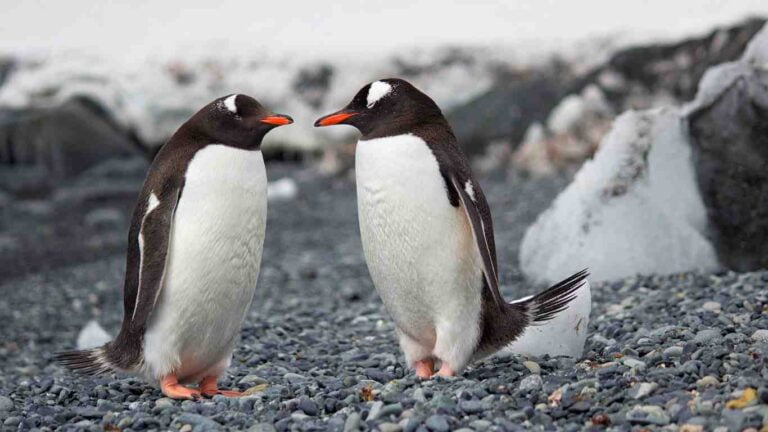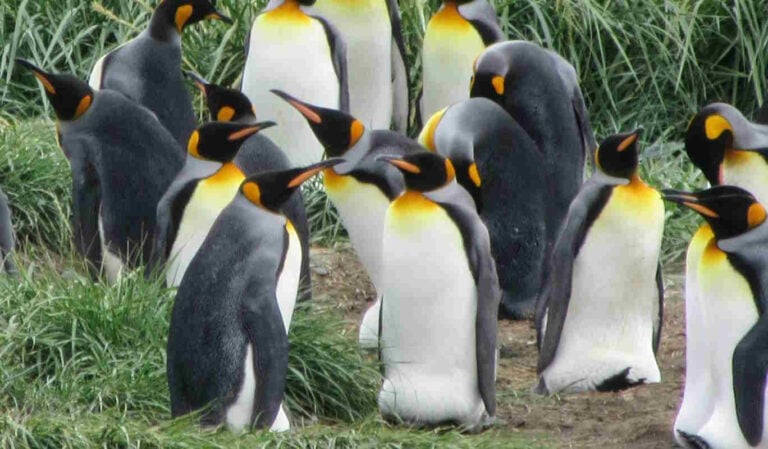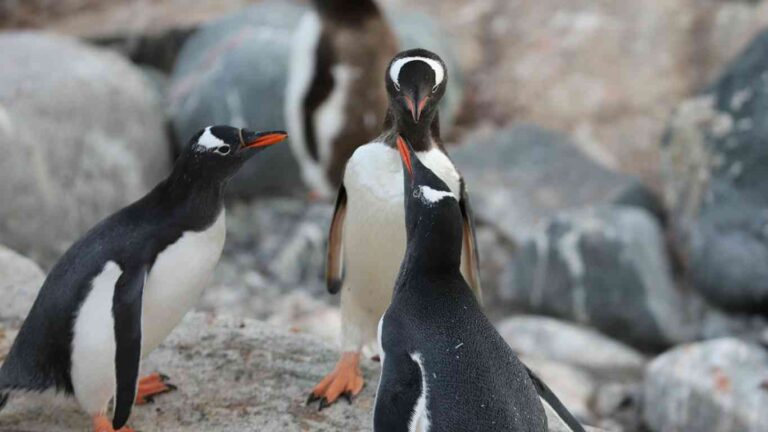Are Penguins Herbivores? (Penguin Feeding Habits)
Ever watched a penguin and wondered, do they eat plants? It’s easy to picture these tuxedo-clad characters munching on seaweed or algae, but is that the reality?
Are penguins strictly plant-eaters, or is there a twist in their culinary tale? Hold on tight for an icy journey into what these cute animals eat.
Are Penguins Herbivores?
Penguins are not herbivores, they are carnivores. Penguins predominantly feed on marine life, such as fish, squid, and krill.
Herbivores are animals that consume a diet exclusively made up of plant matter. This includes leaves, stems, fruits, flowers, nectar, bark and roots.
The diet of herbivores is adapted to digest plant cell walls made of cellulose.
They often have specialized teeth for chewing tough plant material and a long digestive tract that aids in the breakdown of plant fibers.
Penguins, on the other hand, do not have teeth for chewing.
They have sharp beaks and tongue that are ideal for grasping slippery sea life, a trait that is vastly different from the grinding molars found in many herbivores designed to break down fibrous plant material.
Penguins are well-adapted for life in the water, with sleek bodies for swimming and flippers designed for seizing prey.
Their digestive system is simpler than that of herbivores, efficiently absorbing nutrients from their protein-rich, meat-based diet.
The misconception about penguins being herbivores possibly arises from the fact that some other bird species have herbivorous diets.
Nevertheless, penguins have evolved to thrive in some of the harshest marine environments on earth, where plant life is scarce and unreliable as a food source.
Penguins are adept hunters, and their diet primarily includes a variety of sea life. At the base of their diet are small fish, a vital source of sustenance for most penguin species.
Furthermore, penguins consume krill and squid, which are abundant in the cold waters of their habitats.
These crustaceans and cephalopods are rich in nutrients and provide the necessary energy for penguins to maintain their active lifestyles.
The way penguins hunt also debunks the myth of their supposed herbivory. They are excellent swimmers, using their flippers to propel themselves through the water at impressive speeds when seeking out prey.
Their eyes are adapted for underwater vision, allowing them to spot potential food sources from afar.
They can dive to great depths while holding their breath, reaching their prey that hides beneath the ocean’s surface.
Another positive aspect of a carnivorous diet for penguins is the sustenance it provides through extended periods of fasting, primarily during molting or breeding.
The high levels of protein and fat are crucial in these times, offering the necessary reserves. It ensures their survival and the continued care they provide to their offspring, without the constant need for food intake.
Summary
In summary, penguins are emphatically not herbivores. Their carnivorous diet is a fine-tuned response to the demands of their natural habitats and physical design.
Lumped together as seabirds, penguins share with their airborne counterparts not a common diet but an ecological significance.
Understanding their role clarifies not only the nature of these birds themselves but also the delicate balance in which they participate within their environment.
Penguins are fascinating creatures, and their carnivorous habits are just one of the many traits that make them a unique and important part of our world’s biodiversity.
(Featured image by NOAA Photo Library on Flickr; CC BY 2.0 Deed)


